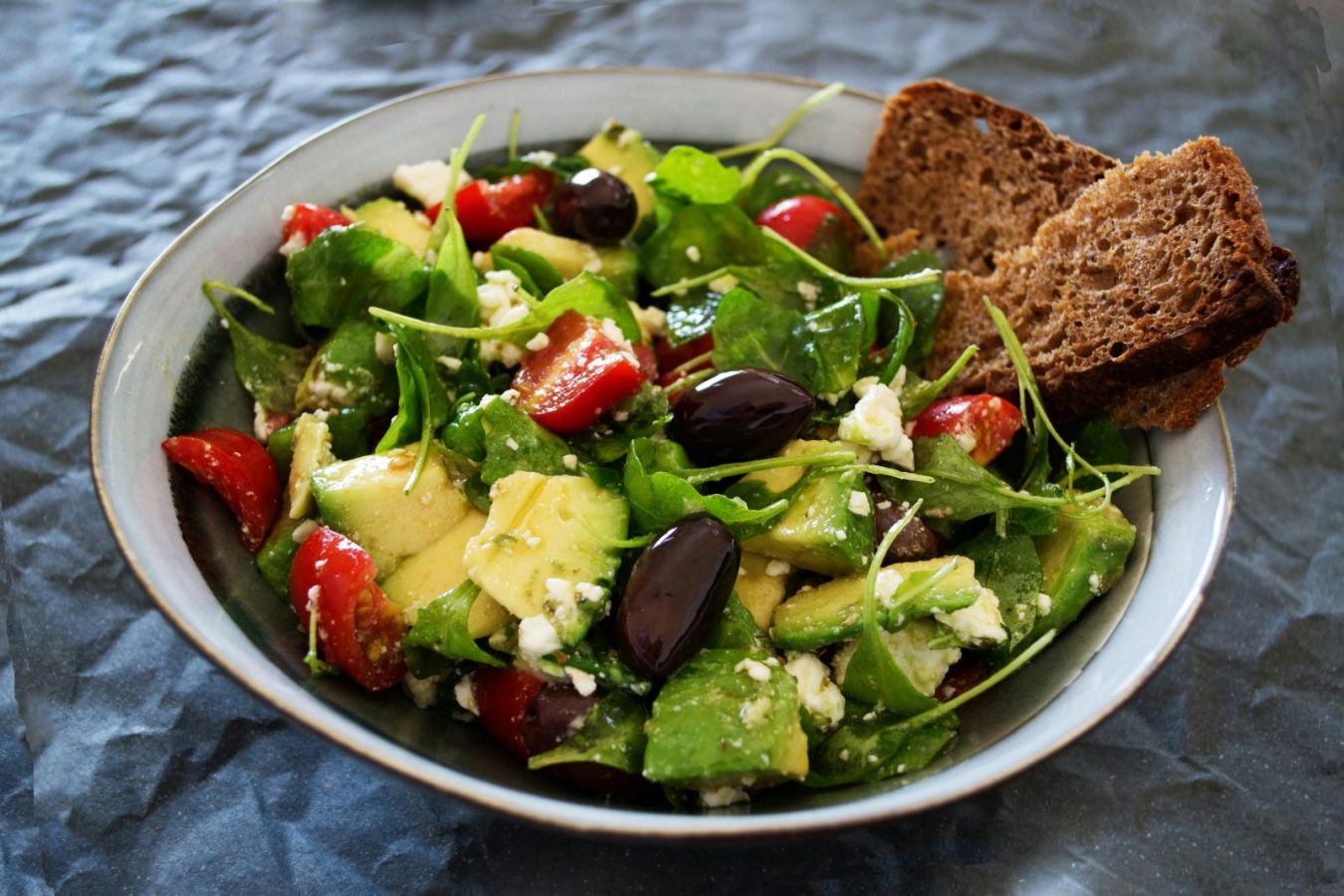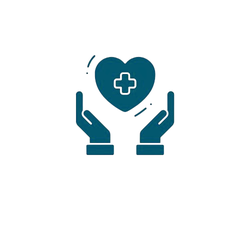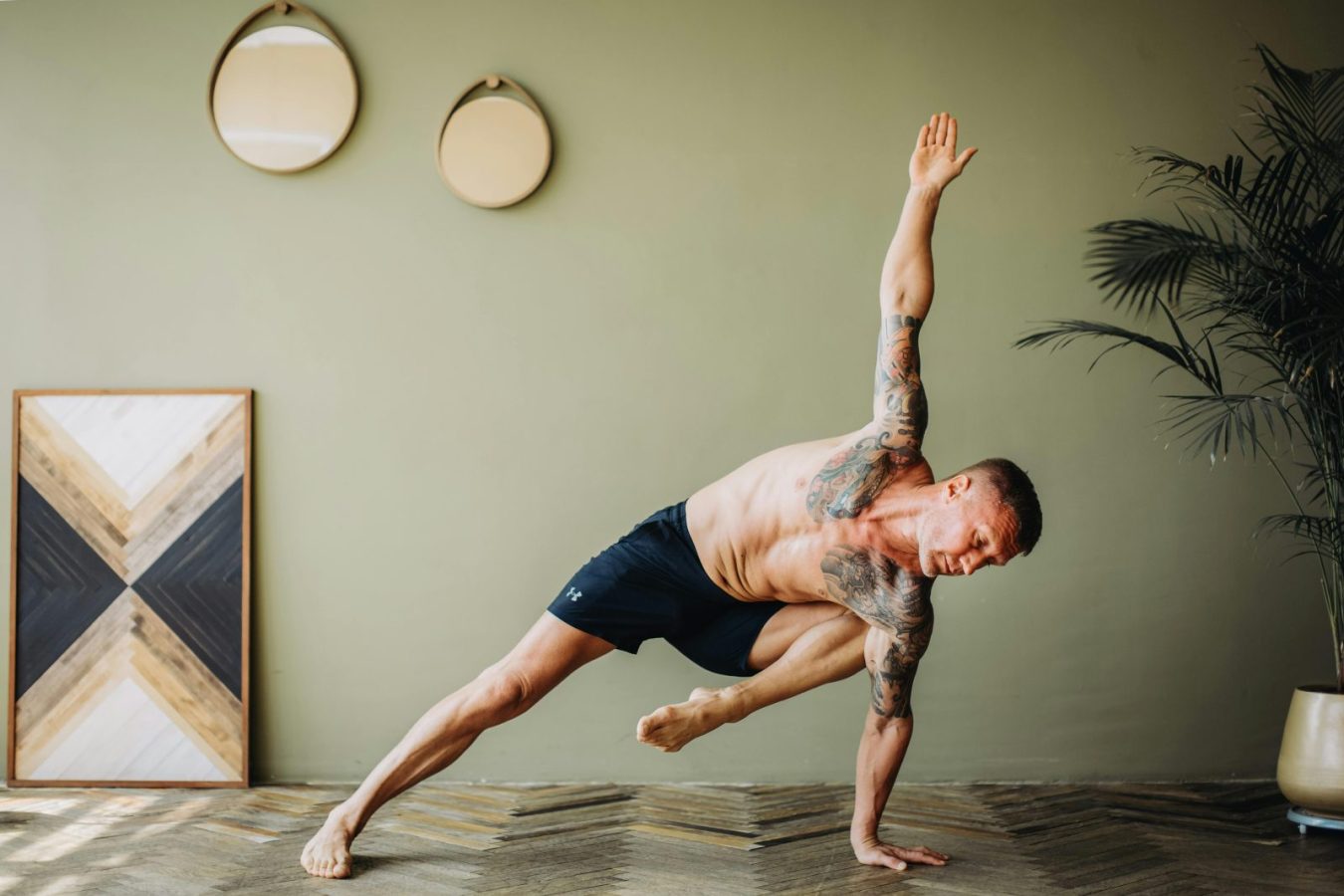Figuring out how to get more energy after 40 means stacking small, steady habits that protect sleep, balance fuel, and add the right kind of movement. Do it for 14 days and most people feel clearer in the morning and steadier in the afternoon.
- Fix one bedtime/waketime window and hold it for two weeks.
- Eat protein- and fiber-forward meals; move caffeine to mornings only.
- Get morning sunlight and a brief walk before your first emails.
Sources: Harvard Health, Mayo Clinic, PubMed
You wake up, have coffee, and by mid-morning the spark is fading again. Afternoons drag, evenings feel heavy, and weekends become recovery missions. Many readers land here searching how to get more energy after 40 because they feel fine sometimes—but not reliably. Energy doesn’t vanish overnight; it erodes with small frictions: lighter sleep, uneven meals, long sits, and a mind that never powers down. The fix is a rhythm you can actually live with.
Why does energy often dip after 40?
Because recovery slows, hormones shift, and daily stress stacks up in ways that a “random good night” can’t fully undo.
As we age, melatonin drifts, growth and sex hormones trend lower, and sleep gets lighter. Add work pressure, caregiving, and less spontaneous movement, and your “battery” drains faster than it charges. None of this is a life sentence; it just means the basics matter more now than they used to.
How does sleep quality drive energy the next day?
Poor sleep steals focus and mood, while deep and REM stages refill the tank you use for decision-making and workouts.
Even one short week under six hours trims reaction time and patience. The fastest fix is consistency: one sleep window for 14 days, a cooler dark room, and the phone off the nightstand. A five-minute step outside after waking anchors your clock so you feel sleepy on time tonight.
What daily habits reliably lift energy after 40?
Predictable meals, brief movement breaks, and an evening wind-down shift your body out of survival mode.
Stack small wins: a brisk 10–15-minute walk after lunch, a glass of water before every coffee, and screens off during the last hour before bed. The goal isn’t perfection; it’s repeating simple moves that add up. If you need a primer on sleep factors, see Poor Sleep After 40 and the companion guide Morning Fatigue Causes.
What role does nutrition play in steady energy?
Food that stabilizes blood sugar and covers nutrient gaps keeps afternoons smooth instead of crash-and-burn.
Build plates around protein, fiber, and healthy fats. Heavy late dinners interrupt sleep; aim to finish 3–4 hours before bed. If fatigue lingers, talk to your clinician about vitamin D, B12, iron, and thyroid panels. For a nutrient snapshot, visit Best Vitamins for Men Over 40.
| Target | Simple range | Why it helps |
|---|---|---|
| Protein intake | 1.2–1.6 g/kg/day | Stabilizes appetite, preserves muscle, steadies energy |
| Fiber | 25–35 g/day | Smoothes blood sugar and digestion |
| Hydration | ~30–35 ml/kg/day | Prevents “brain fog” and headaches |
Can exercise boost stamina without burning you out?
Yes—shorter, smarter sessions build capacity while leaving fuel for the rest of your day.
Think “charge, don’t deplete.” Two full-body strength days (30–45 minutes) and two cardio days (20–30 minutes brisk walking or cycling) are enough to lift mood, sleep quality, and daily stamina. Micro-sessions count: five minutes of mobility between calls beats zero.

How do stress and “mental load” drain energy after 40?
They keep your nervous system on high alert, which shortens deep sleep and flattens motivation the next day.
Evening “off-ramps” help: a slow walk, light stretching, a warm shower, or two pages of a real book. If work thoughts loop, jot them down and close the notebook—your brain treats that as handled for tonight. This tiny ritual supports the larger goal of how to get more energy after 40 by protecting sleep depth.
Which vitamins and supplements actually help?
Only the ones that correct real gaps; habits do the heavy lifting and supplements play support.
Get labs before buying bottles. Iron, B12, and vitamin D matter if you’re low; magnesium glycinate can smooth evening tension. Random stacks won’t beat poor sleep and long sits. Use food first, then fill the gaps with guidance from your clinician.
How does caffeine timing impact energy?
Caffeine early supports alertness, but late doses push deep sleep later and make tomorrow worse.
Keep your first cup 60–90 minutes after waking (let natural cortisol rise first), then taper by early afternoon. If you’re sensitive, set a personal cutoff at lunch and try half-caf for social coffees. This small change alone can raise next-day energy more than you expect.
What is the simplest plan for how to get more energy after 40?
Use a basic weekly template you can repeat without willpower, then tweak once it feels easy.
- Mon/Wed: full-body strength (push, pull, squat/hinge, core), 30–45 minutes.
- Tue/Thu: 20–30-minute brisk walk or cycle; five-minute stretch before bed.
- Daily: morning sunlight, water before coffee, protein at breakfast.
- Evening: screens off last hour; dinner earlier and lighter.
- Weekend: one fun long walk or easy hike; plan meals for the week.
How should you eat to feel energized all day?
Front-load protein, keep fiber steady, and place the biggest meal when you’re most active.
Breakfast ideas: eggs with greens; Greek yogurt with berries and oats; a smoothie with protein powder, banana, and peanut butter. Lunch: a grain bowl with chicken or tofu and vegetables. Dinner: lighter, earlier, and colorful—think salmon and salad, chili with beans, or a veggie omelet. This is the quiet engine behind how to get more energy after 40.
When is it time to see a doctor about fatigue?
If two steady weeks of these steps don’t help—or if you snore, wake with headaches, or feel persistently low—book an appointment.
Ask about sleep apnea screening and labs (iron/ferritin, B12, vitamin D, thyroid, glucose). Medical factors are common and fixable; ruling them in or out speeds up your progress far more than guessing at supplements.

Energy improves when your day has anchors. Start by choosing two “non-negotiables”: a fixed wake time and one daily movement slot. Everything else can flex, but these two stay. This tiny structure frees you from constant decision-making, which quietly drains energy. If mornings are chaotic, prep the night before: lay out clothes, pre-fill a water bottle, and put your shoes by the door. Fewer frictions, more follow-through.
Build your mornings around light, water, and protein. Open the curtains or step outside within 30 minutes of waking; that light signal tells your internal clock when to boost alertness and when to make melatonin later. Drink a glass of water before coffee to cut “sleep inertia,” then eat a protein-forward breakfast—eggs and greens, yogurt with berries and oats, or a smoothie with protein powder and a spoon of nut butter. This steady start reduces mid-morning crashes and makes it simpler to keep momentum.
Use “movement snacks” to beat the afternoon dip. Every 60–90 minutes, stand, roll your shoulders, and take a two-minute walk down the hall or outside. These micro-bursts improve blood flow, wake up your posture, and reset attention. If you sit long hours, set a silent timer as a nudge. Over a week, ten two-minute walks equal twenty minutes of extra circulation without needing a gym slot.
Match caffeine timing to your biology. Wait 60–90 minutes after waking so cortisol can rise naturally, then have your first cup. Set a personal cut-off at lunch; late coffee shifts deep sleep later and makes tomorrow harder. If you enjoy the ritual, go half-caf in the early afternoon or switch to rooibos or herbal tea. This one change alone often lifts next-day clarity more than people expect.
Plan lunch for steady energy, not a food coma. Aim for a plate that is half vegetables, a palm-sized protein, and a fist-sized serving of whole grains or legumes. Keep sauces bright but not sugary. If your afternoons slump, audit lunch: too little protein or too many refined carbs are usual suspects. A simple bowl—quinoa, chicken or tofu, mixed greens, olive oil, lemon—keeps you focused through meetings without the 3 p.m. crash.
Hydration is a quiet lever. A practical target is a glass of water before each meal and one between meals. If you train or sweat more, add a pinch of salt to your first morning glass or include a low-sugar electrolyte once a day. Headaches and brain fog often improve within days when baseline hydration is steady instead of spiky.
For training, think “minimum effective dose.” Two full-body strength sessions (push, pull, squat or hinge, core) and two short cardio blocks (brisk walk, cycle, or rower) are plenty to raise mood and stamina after 40. Keep hard sessions at least three hours before bedtime; high-intensity work too late keeps your core temperature and nervous system elevated. On busy weeks, do 20 minutes at home: goblet squats, pushups on a counter, rows with a band, and a plank—done.
Evenings decide tomorrow’s energy. Dim lights an hour before bed, park your phone away from the pillow, and create a wind-down you actually like: a warm shower, light stretching, a paper book, or a few lines in a notebook to dump open loops. If thoughts race, write a tiny plan for the first task you’ll do in the morning. Your brain treats it as handled and lets you drop into deeper sleep faster.
Mind the “energy leaks” you don’t see. Long commutes, back-to-back meetings, and constant notifications chip at attention and willpower. Batch messages, protect one focus block, and insert micro-breaks. Protect one small pocket of joy daily—a call with a friend, music while cooking, or ten minutes in the sun. Positive emotion is fuel; it’s not a luxury feature reserved for weekends.
Supplements are for gaps, not shortcuts. If fatigue lingers, ask your clinician for labs: iron/ferritin, vitamin D, B12, thyroid, and glucose markers. Correcting a real deficiency changes the game; taking random stacks rarely does. Food still carries most of the load, but targeted support can knit the plan together—especially while you’re building consistency.
Here’s a simple way to remember how to get more energy after 40: rhythm over willpower. One sleep window, light and water first thing, protein at breakfast, movement snacks through the day, and a calm last hour at night. It is not flashy, but it compounds. When life gets loud, return to the basics for a week; most people feel a lift by day five and real momentum by day fourteen.
Finally, be kind to your future self. Lay out tomorrow’s first step the night before—shoes by the door, a filled bottle on the counter, oats soaking in the fridge. “Friction down, follow-through up” is the quiet formula behind how to get more energy after 40, and it’s available every single day.
My personal experience: what finally flipped the switch
At 42 I felt permanently “one coffee behind.” The fix wasn’t a new supplement; it was rhythm. One sleep window, morning light on my balcony, water first, coffee later, and a 20-minute walk most days. I moved dinner earlier and lifted twice a week. By day five, I woke before my alarm; by week two, I didn’t need the second coffee. It wasn’t heroic—just repeatable.

